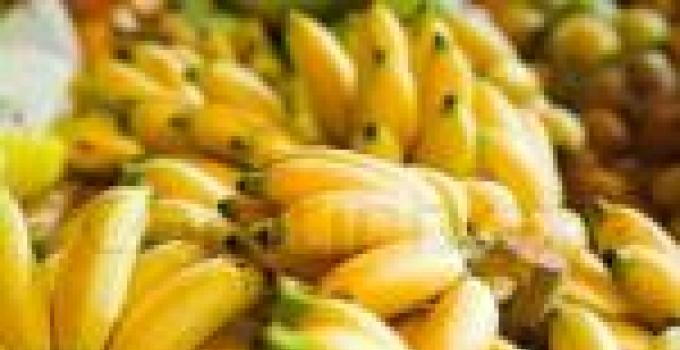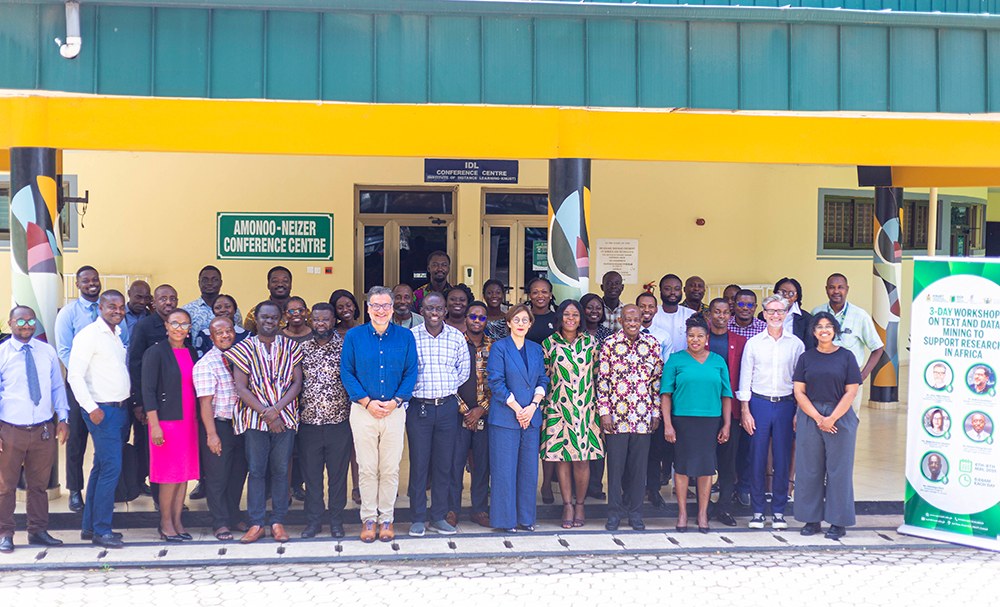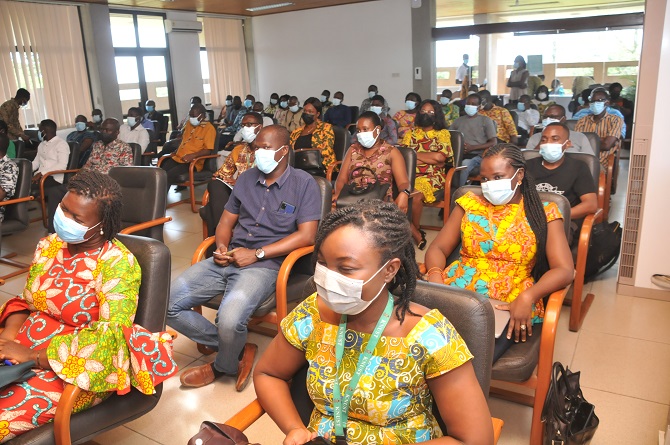Bye, Bye, Banana
Main page content

In the mid 1900s, the most popular banana in the world—a sweet, creamy variety called Gros Michel grown in Latin America—all but disappeared from the planet. At the time, it was the only banana in the world that could be exported. But a fungus, known as Panama Disease, which first appeared in Australia in the late 1800s, changed that after jumping continents. The disease debilitated the plants that bore the fruit. The damage was so great and swift that in a matter of only a few decades the Gros Michel nearly went extinct.
Now, half a century later, a new strain of the disease is threatening the existence of the Cavendish, the banana that replaced the Gros Michel as the world's top banana export, representing 99 percent of the market, along with a number of banana varieties produced and eaten locally around the world.
And there is no known way to stop it—or even contain it.
That's the troubling conclusion of a new study published in PLOS Pathogens, which confirmed something many agricultural scientists have feared to be true: that dying banana plants in various parts of the world are suffering from the same exact thing: Tropical Race 4, a more potent mutation of the much feared Panama Disease.
Specifically, the researchers warn that the strain, which first began wreaking havoc in Southeast Asia some 50 years ago and has more recently spread to other parts of Asia, Africa, the Middle East, and Australia, will eventually make its way to Latin America, where the vast majority of the world's banana exports are still grown. At this point, they say, it's not a question of whether Tropical Race 4 will infiltrate the mothership of global banana production; it's a matter of when.
The reason the original disease and its latest permutation are so threatening to bananas is largely a result of the way in which we have cultivated the fruit. While dozens of different varieties are grown around the world, often in close proximity to one another, commercially produced bananas are all the same (quite literally in fact, because they are effectively clones of each other).
This helps companies like Dole and Chiquita control for consistency and produce massive amounts of bananas on the cheap without having to deal with imperfections (it's the reason why the fruit is so easy to find at supermarkets everywhere). But it also makes their bananas incredibly vulnerable to attacks from pests and disease. When you get rid of variety entirely, you risk exposing a crop to something it can neither cope with nor evolve to defend itself against.
The Irish Potato Blight is a perfect example of how monocultures can backfire. In the 1800s, Irish potato farmers came to favor a single potato variety, which backfired when a fungus-like organism entered the country and met no natural resistance. In 1846, the country, which depended heavily on potatoes for basic nutrition, lost most of its potato production, which, in turn, contributed to the deaths of hundreds of thousands of people.
The great irony is that the Cavendish, the banana currently sold at just about every supermarket in the developed world, rose to prominence almost exclusively because unlike its predecessor, it was resistant to the original strain of Panama Disease. The Cavendish is less desirable, more susceptible to other diseases, has a tendency to bruise, doesn't ripen easily or last very long before spoiling, and is "lamentably bland," as Mike Peed wrote in a 2011 piece for the New Yorker.
Now that it looks like the Cavendish could suffer the same fate as the last commercially produced banana (eventually, but not tomorrow, so there's no need to go hoarding bananas) it's becoming a little clearer that it probably wasn't the type of banana but rather the type of production that needed changing.



